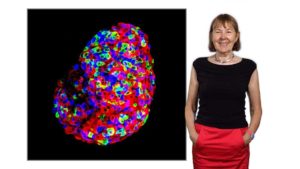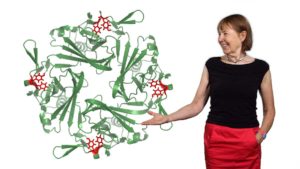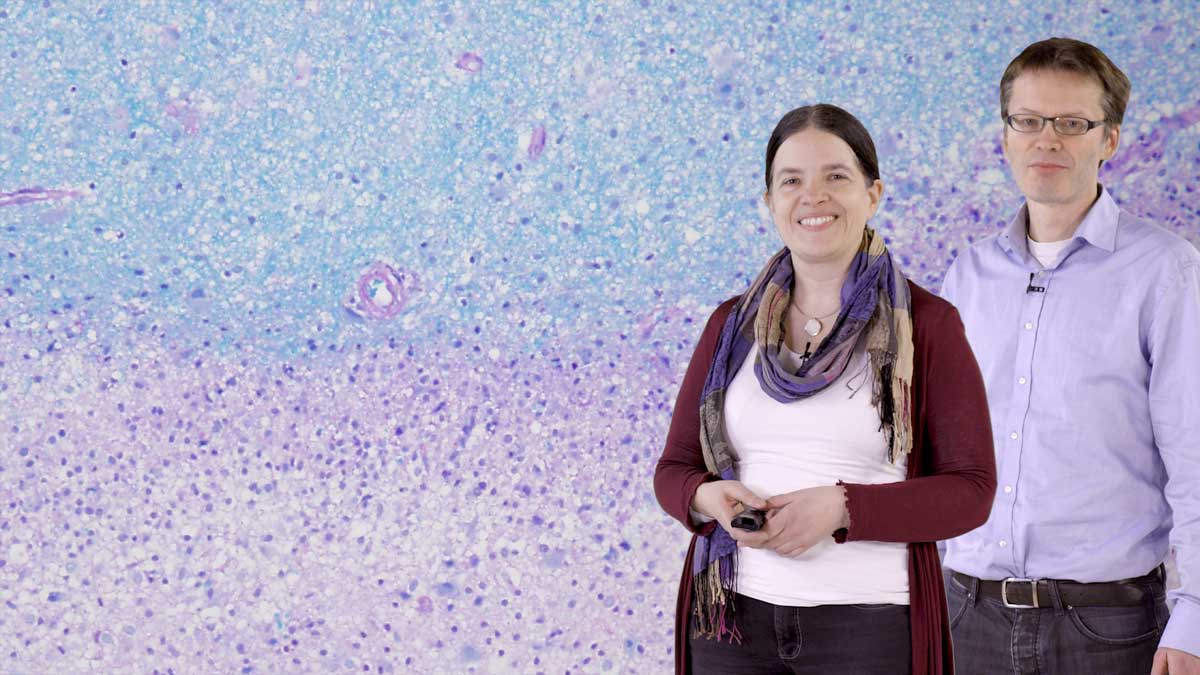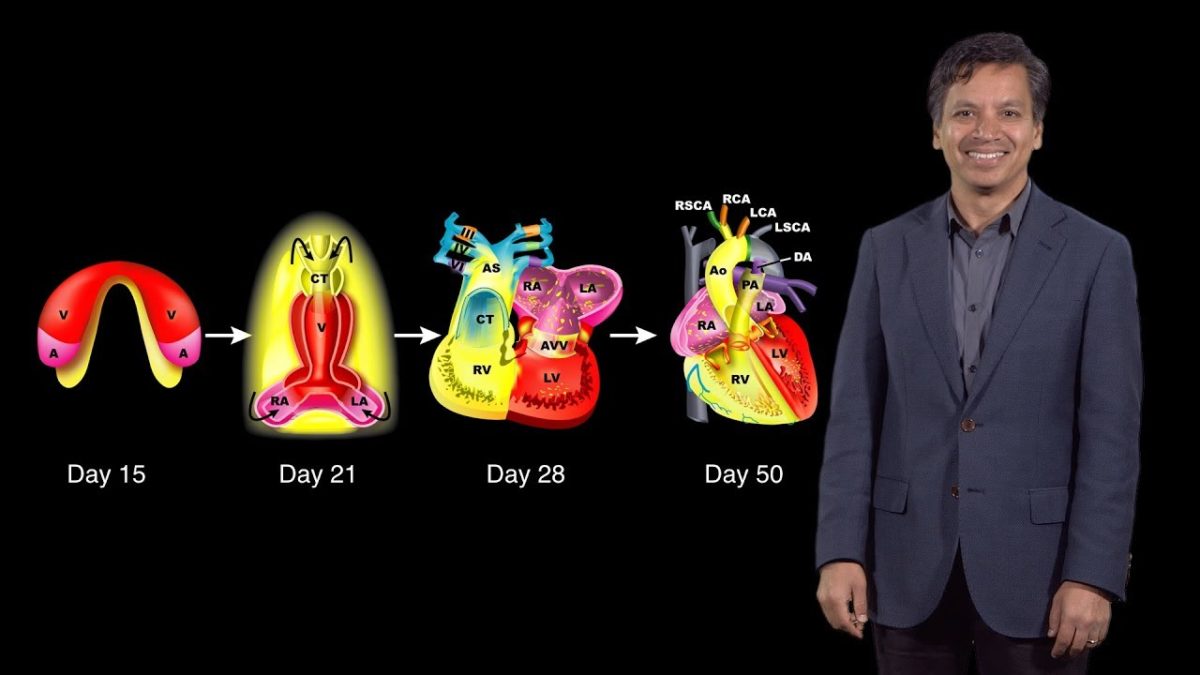Talk Overview
Diabetes is a devastating disease which takes an enormous toll on both human life and healthcare spending worldwide. Dr. Frances Ashcroft begins her talk by explaining that blood glucose must be controlled within narrow limits. In a healthy person, insulin is released from the pancreatic beta cells in response to a rise in blood sugar, which stimulates the uptake of glucose into muscle, liver and fat and so restores the blood glucose to its resting level. Diabetes occurs when the beta cells do not release enough insulin, resulting in chronically high blood sugar levels. There are several types of diabetes: type 1 occurs because the beta cells are damaged by autoimmune attack; type 2, the most common form, is usually due to a combination of insulin resistance and decreased insulin secretion and is exacerbated by obesity and age; monogenic diabetes results from a mutation in a single gene. Neonatal diabetes is a rare monogenic form of diabetes that presents at, or shortly after, birth. Ashcroft explains that in 1984, she and her colleagues found that the function of an ATP-sensitive potassium channel (KATP channel) in the plasma membrane of pancreatic beta cells is critical for linking increased blood glucose levels to insulin secretion. They postulated that a mutation that caused the KATP channel to be permanently open would impair insulin release. Twenty years later, these mutations were identified and shown to be the cause of neonatal diabetes.
In her second lecture, Ashcroft expands on what is known about the KATP channel and its role in insulin secretion. It is an octomeric complex composed of 4 Kir6.2 subunits and 4 SUR1 subunits. ATP binds to both proteins, and changes in metabolically generated ATP couple metabolism to KATP channel activity. Functional studies showed that the KATP channel mutations found in neonatal diabetes impair the ability of ATP to close the channel and stimulate insulin release. This suggested that drugs that could directly close the KATP channel would stimulate insulin release and might be a good therapy for neonatal diabetes. Sulfonylurea drugs were already known to directly close the KATP channel and have been safely used to treat type 2 diabetes for many years. Based on this knowledge, many patients with neonatal diabetes have now switched from insulin injections to oral sulfonylurea drugs. This has resulted in much better glucose control. Ashcroft goes on to explain how insights from studying neonatal diabetes have also led to a better understanding of the impact of chronic hyperglycemia in type 2 diabetes.
Speaker Bio
Frances Ashcroft

Professor Dame Frances Ashcroft is the GlaxoSmithKline Royal Society Research Professor in the Department of Physiology, Anatomy and Genetics, and a Fellow of Trinity College, at the University of Oxford. Ashcroft received her BA and PhD degrees from Cambridge University and was a post-doctoral fellow at Leicester University and the University of California, Los… Continue Reading











Leave a Reply